“This study somewhat refutes the idea that villains are a product of their experiences.” At least in fiction.
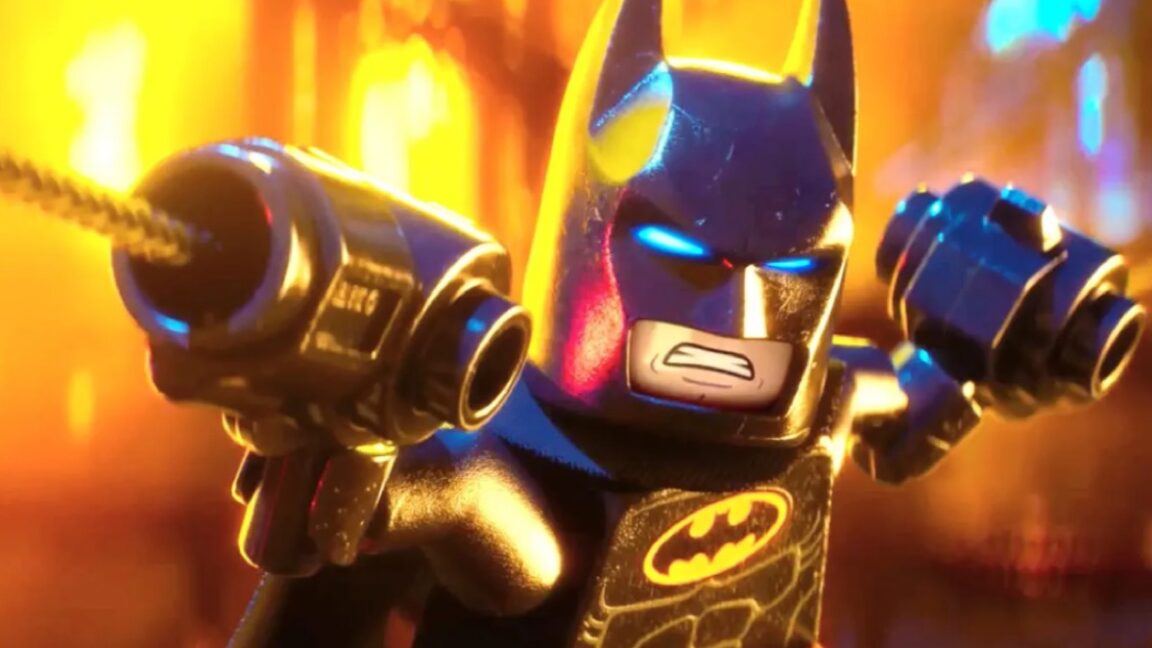
“Darkness! No parents!” Batman didn’t let childhood trauma turn him into a villain. Just, um, a vigilante. Credit: Warner Bros,
Are superheroes and supervillains the product of their childhood experiences? Not if they belong to the Marvel Cinematic Extended Universe or DC Universe, according to a new paper published in the journal PLoS ONE. Canadian researchers watched many hours of those movies and looked at which characters suffered considerable childhood trauma. They concluded that those traumatic experiences were not significant factors in whether those characters turned out to be heroes or villains.
Prior studies have looked at the portrayal of trauma in superheroes, most notably the murder of Batman’s parents and Spider-Man’s uncle, as well as the destruction of Superman’s home planet, Krypton. There has also been research on children sustaining injuries while pretending to be superheroes, as well as on the potential for superhero themes to help children overcome trauma and build self-esteem.
According to co-author Jennifer Jackson of the University of Calgary in Canada, two nursing students (since graduated) came up with the idea during a lab meeting to look at adverse childhood experiences and superheroes. It might seem a bit frivolous as a topic, but Jackson pointed out that Marvel and DC films reach audiences of hundreds of millions of people worldwide. “We also know that things we see in films and other media affects life in the real world,” she said. “This influence could be used as a positive factor when supporting children’s mental health and wellbeing. There may be shame or fear associated with some of the ACEs, and superheroes may be an effective ice breaker when broaching some difficult topics.”
Ars Video
How Scientists Respond to Science Deniers
The adverse childhood experiences (ACE) questionnaire has just 10 questions, covering such experiences as verbal, physical, or sexual abuse, living with an alcoholic or family member addicted to drugs, going hungry, or living with someone struggling with depression or mental illness. The higher one’s ACE score, the more challenging one’s childhood. The authors focused on identifying characters with sufficient screen time to learn enough about their childhoods to make a reasonable assessment based on the questionnaire. “For example, Thanos is a very bad dude, but we didn’t have enough information about his childhood to include him in the study,” said Jackson.
They also limited their study to Marvel and DC characters depicted in major films, rather than including storylines from spinoff TV series. So Wanda Maximoff/The Scarlet Witch was not included since much of her traumatic backstory appeared in the series WandaVision. Furthermore, “We omitted gathering more characters from comic books in both Marvel and DC universes, due to their inconsistency in character development,” the authors wrote. “Comic book storylines often feature alternative plot lines, character arcs, and multiverse outcomes. The storytelling makes comic book characters highly inconsistent and challenging to score.”
With great power…
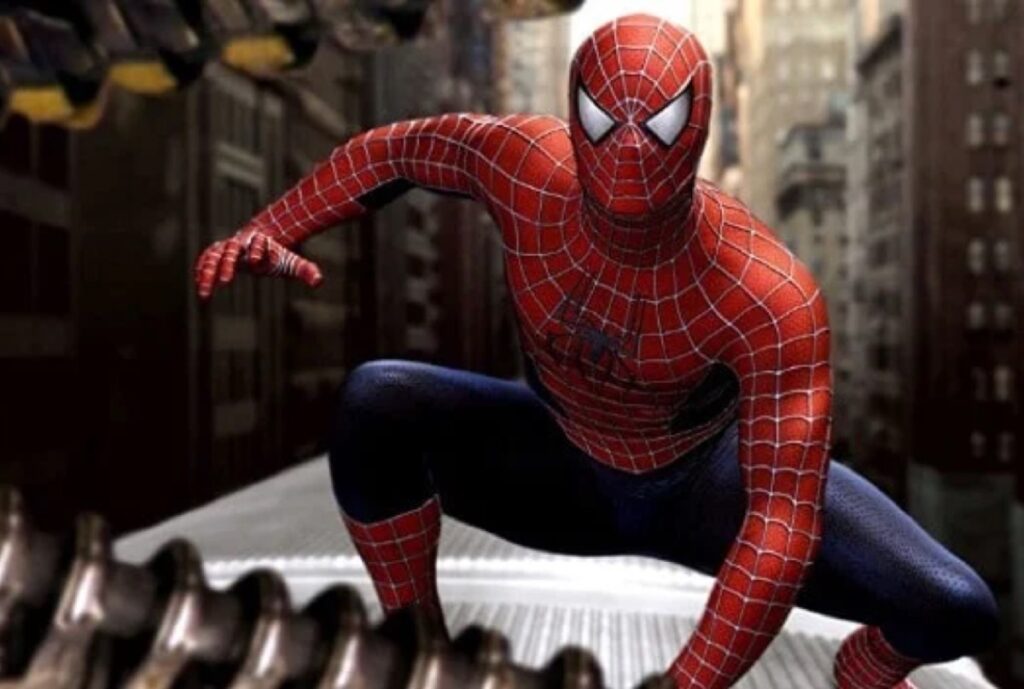

Your friendly neighborhood Spider-Man is a hero.Sony Pictures
The murder of Peter Parker’s Uncle Ben was a defining traumatic moment in his childhood.Sony Pictures
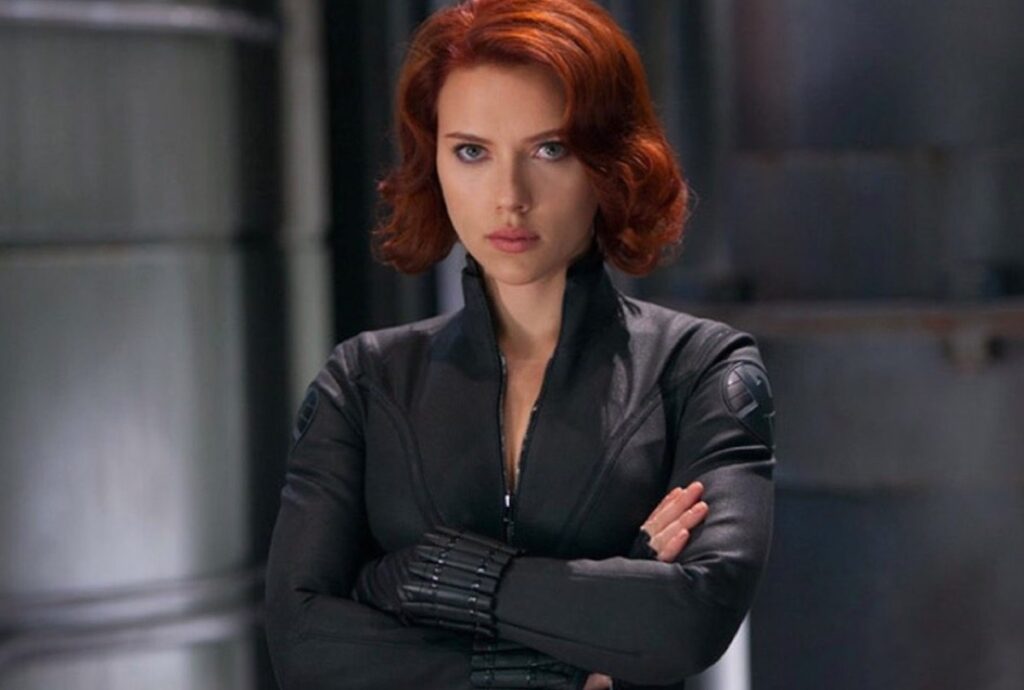
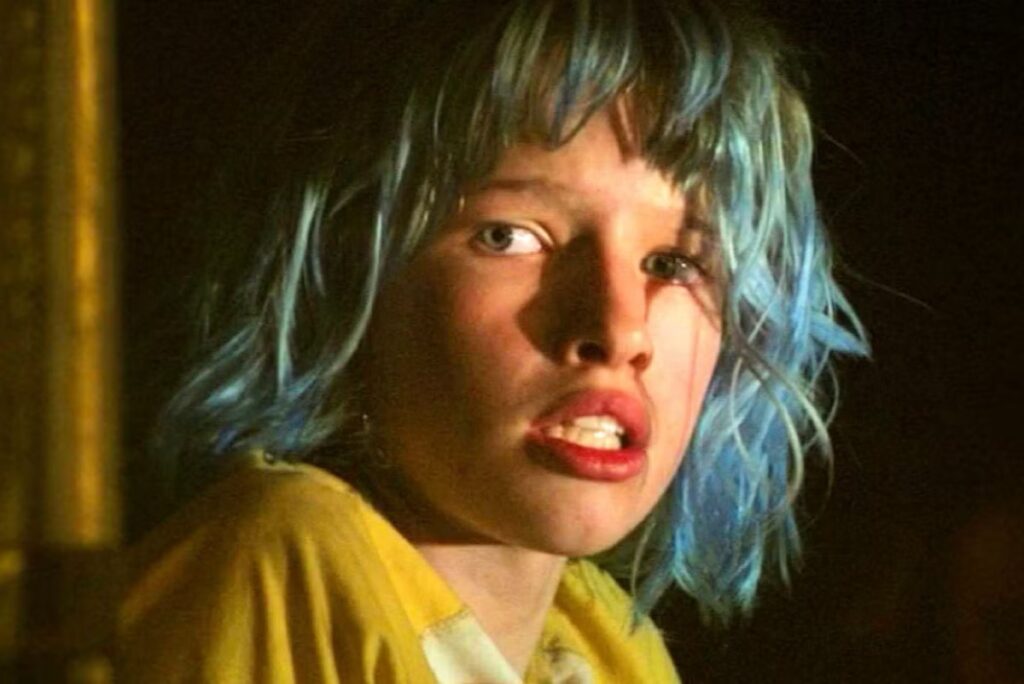
Black Widow joined the Avengers to wipe out the red in her ledger.Marvel Studios
Black Widow scored the highest in terms of childhood trauma and still chose to be a hero.Marvel Studios
They ended up watching 33 films, with a total runtime of 77 hours and 5 minutes. They chose 19 male characters, eight female characters, and one gender-fluid character (Loki) as “subjects” for their study, applying the ACE questionnaire to their childhoods as portrayed in the films.
The results: “We found no statistically significant differences between heroes and villains, Marvel and DC characters, or men and women and ACE scores,” said Jackson. “This means that characters who were portrayed as having difficult childhoods were not more likely to be villains. This study somewhat refutes the idea that villains are a product of their experiences. Based on the films we watched, people chose to be heroes and that was what made the difference—not their experiences.”
Notably, Black Widow had the highest ACE score (eight) and yet still became an Avenger, though the authors acknowledge that the character did some bad things before then and famously wanted to wipe out the “red” in her ledger. She “represents resilience of characters who have experienced trauma,” the authors wrote, as well as demonstrating that “socio-ecological resilience, including access to social relationships and supportive communities, can play a mitigating role in the effect of ACEs.” The Joker, by contrast, scored a six and “wreaked havoc across Gotham City.”
The different characters exhibited different coping mechanisms for traumatic childhood experiences, like losing a parent (a common superhero trope). “Both Batman and Shuri lost their fathers,” said Jackson. “Batman’s coping strategy was largely self-isolation while Shuri connected with her community for support.” Those different coping strategies “may be a useful point of discussion when working with children,” she added.
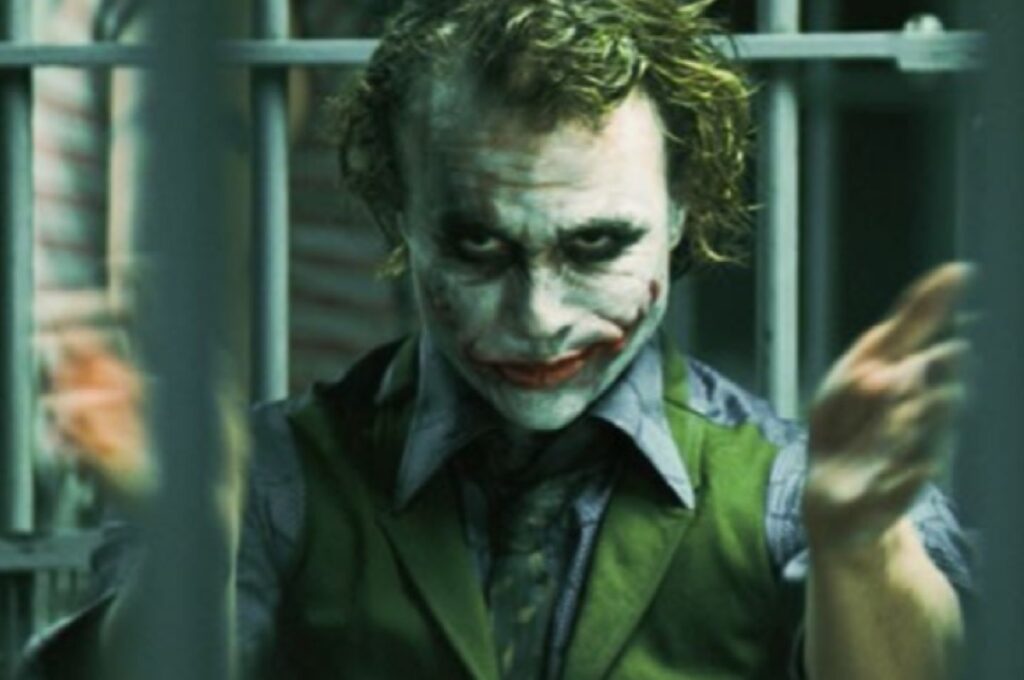

The Joker scored a six and “wreaked havoc across Gotham City.”Warner Bros.
Loki was unquestionably a villain in Thor and The Avengers.Marvel Studios
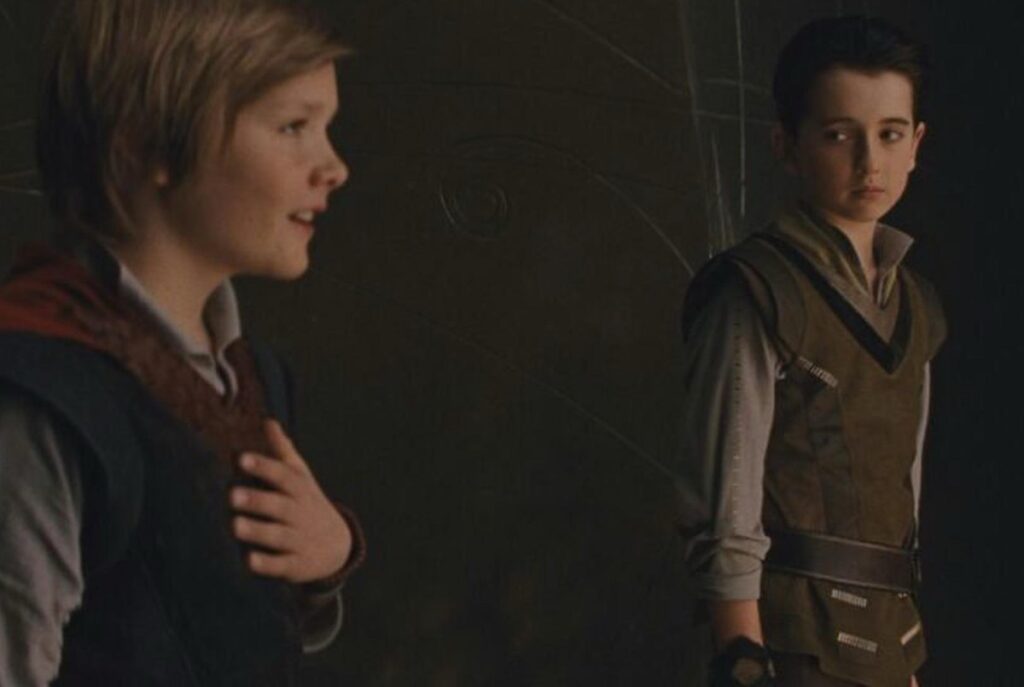
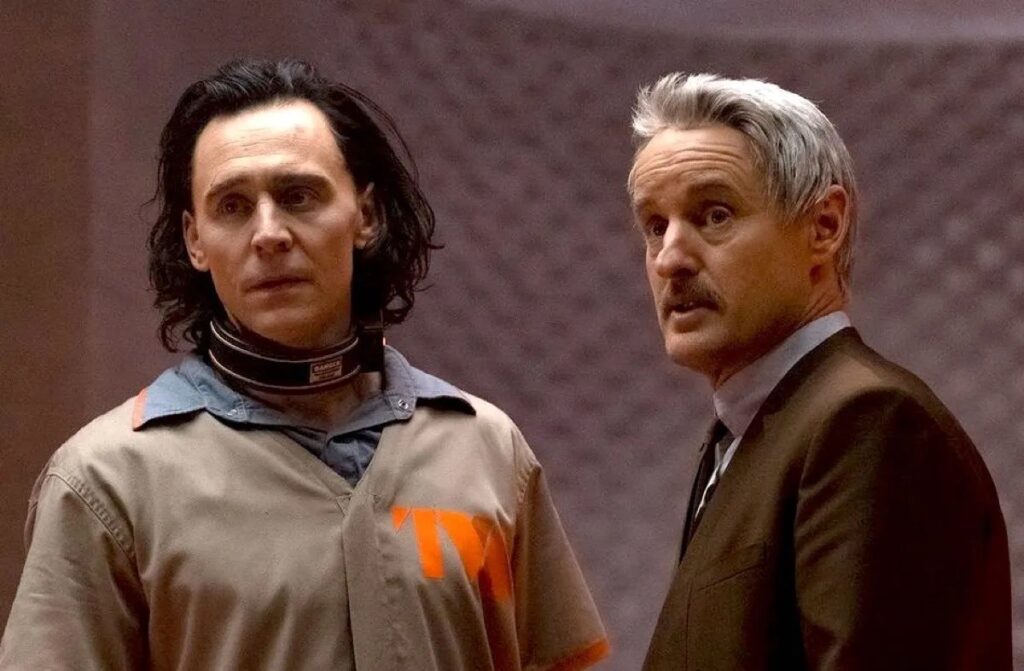
Loki had a privileged upbringing but was always overshadowed by his brother, Thor.Marvel Studios
Loki morphed into more of an anti-hero in later films and the spinoff series Loki.Marvel Studios
Many of the villain narratives involved seeking retribution or revenge, but this was not strongly correlated with their childhood experiences. Loki, for instance, had an upbringing of royal privilege, albeit overshadowed by his “brother” Thor, yet still chose a path of villainy—at least initially. His character becomes much more nuanced over subsequent films. The authors ultimately placed Loki in the villain category since his character spent more time as a villain in the Marvel films. By contrast, they ultimately deemed Harley Quinn a hero since she abandoned her villainous ways after parting with the Joker.
The study has its limitations. For one thing, the ACE questionnaire has been criticized for its simplicity, and it’s possible that those 10 questions weren’t sufficient to pick up on any meaningful differences between heroes and villains in the MCEU and DCU. Broadening the definition of trauma to include things like natural disasters might help.
There is also a tendency for superhero movies to reinforce binary narratives of good versus evil, and the shortage of central women superheroes included in the study may have skewed the finding of no gender differences. And, of course, “No [actual] superheroes or villains were involved in this research study,” the authors noted, tongue firmly in cheek. “If anyone could connect us with them, we would be happy to conduct a follow-up study to overcome this limitation.”





